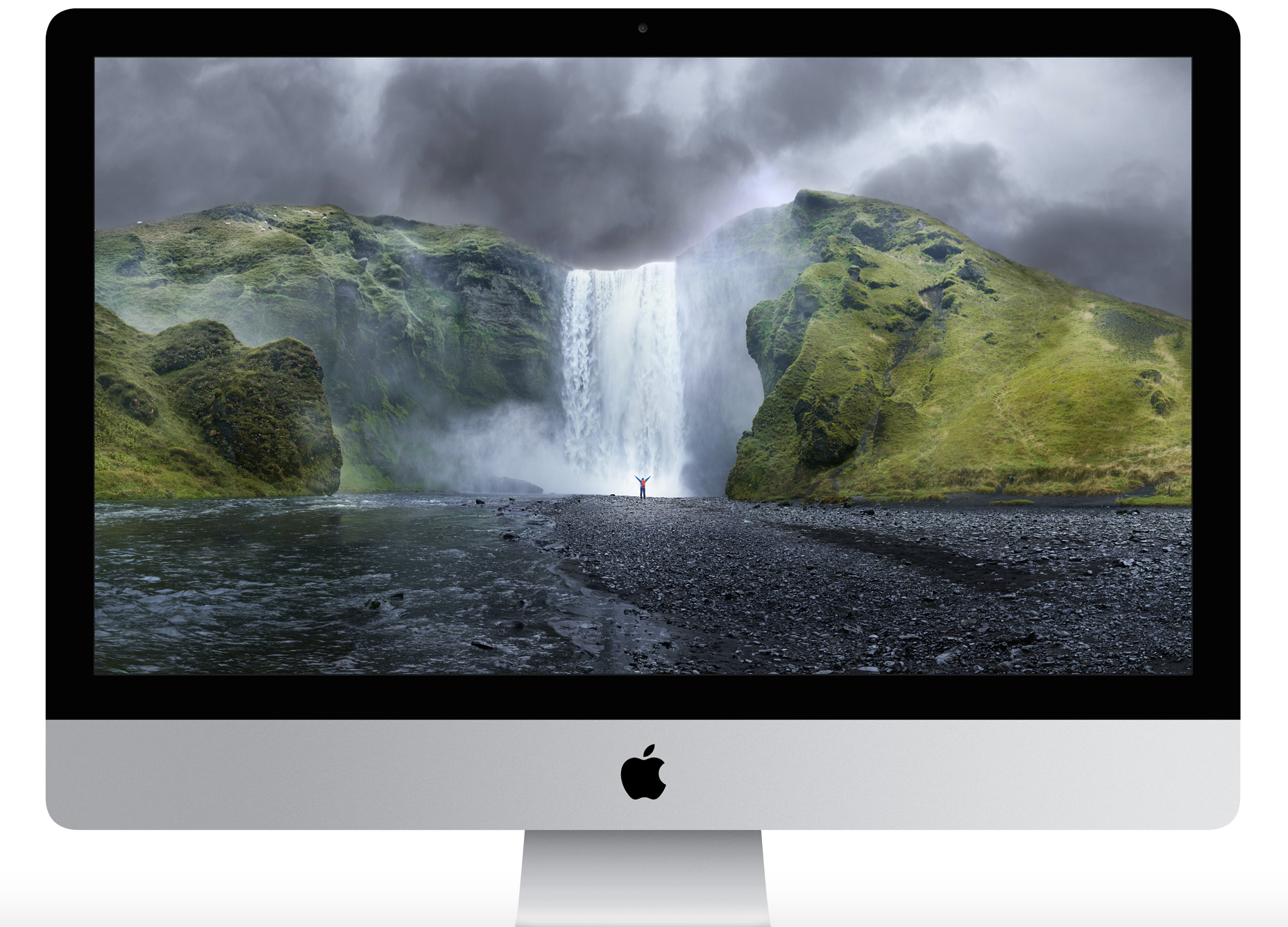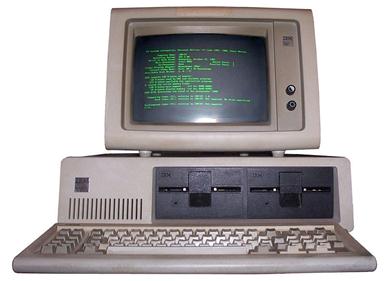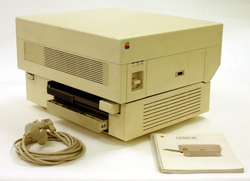On the second day Steve jobs was back at Apple I had a chance to sit down with him and ask him about how he planned to rescue Apple. At the time, Apple was $1 billion in the red and we now know they were only a month or two away from even greater financial disaster. The company had been mismanaged and multiple CEOs had tried to make Macs more like traditional PCs to stay competitive but this was a strategy that almost buried Apple.
So when Jobs came back to Apple, he faced a company thats morale was low and prospects were even lower. When I asked him about what he was going to do, the first thing he told me was he wanted to go back and take care of the needs of their core customers. He defined these customers as the graphics, advertising and engineering professionals that used Apple’s products for all types of photo editing, imaging and video projects. He felt the past CEOs had abandoned them while they tried to make Apple more relevant to a broader audience.
He was aware the Mac had led the desktop publishing revolution and it was deemed the best personal computer for what was a narrow audience of graphics and engineering professionals but a lucrative one if done right. So, as he told me then, the first order of business was to create more powerful Macs and go back to these professional audiences and give them the tools that would make their business projects easier and more profitable for them.
With the new 5K Retina Mac, Apple is fulfilling Jobs’ vision that started back in 1997 and delivering to these pro users what appears to be the best personal computer ever designed for creative professional audiences. While we have had 4K displays on the market for some time now, most of these are just displays. While they have come down in price, they are still just stand-alone 4K displays. What Apple is bringing to market is a 5K Retina Display that is a full Mac starting at $2499, a price even the small-medium sized business (SMB) graphics professionals can afford. More importantly, by moving the display to 5K, it is upping the ante for its competitors and will probably become the de facto standard for graphic based desktop PCs. It will be a game changer.
However, I see this price point as being interesting for a number of reasons. Any graphics or engineering professional would probably buy an upgraded model that has a faster processor and faster graphics co-processor that would push the price closer to $3,000+. But at $2499, this price is SMB and consumer friendly for some families looking at an all-in-one desktop PCs to become multipurpose home computers the whole family shares. In this case, it could even double as a TV that could run OTA 4K TV shows already available on Netflix and will be coming from OTA versions of HBO, CBS and other major networks in the future.
Although laptops dominate the market for personal computers, desktop demand has also been steady as all-in-ones have garnered real interest in many homes because of their utilitarian nature and shared capabilities. Many are set up on kitchen counters or desks in the den or family room where various members of a family can use them to check email, search the Web, do light productivity tasks and even watch videos fromYoutube and streamed over the web. But the option of a 5K all-in-one that could also handle streaming 4K programs is quite interesting and could make it a hit with upscale consumers as a PC and 4K streaming TV capable device rolled up into one.
One of the more interesting questions I was asked by a couple of media folks at the Apple event was whether I thought this 5K Retina Mac could be the precursor of an Apple branded TV. There has been a lot of speculation as to whether Apple’s new TV strategies would include an actual TV or just a souped up Apple TV with new UI and new ways to interact with TV content. My son Ben and I go round and round about this subject and personally I don’t think an Apple branded TV makes sense given the cutthroat competition in the TV market (neither does he).
However, Apple did something very interesting with the design of the 5K Retina Mac. They created a special processor of their own known as the timing controller or T-CON designed just to manage and manipulate each pixel with levels of precision we have not seen so far in TV or PC displays. I have no clue if this could be put into a dedicated Apple TV but, at the technical level, this processor could give them a decided edge in TV designs should they want to go in that direction.
I see the iMac with 5K Retina Display as an important product for Apple and their professional audiences and perhaps a hit with upscale consumers who want a high res monitor that could be used for multiple purposes included watching 4K based streamed TV content. But I suspect the technology designed into this could be used in other products over time and this makes this new iMac a product to watch closely over time.





